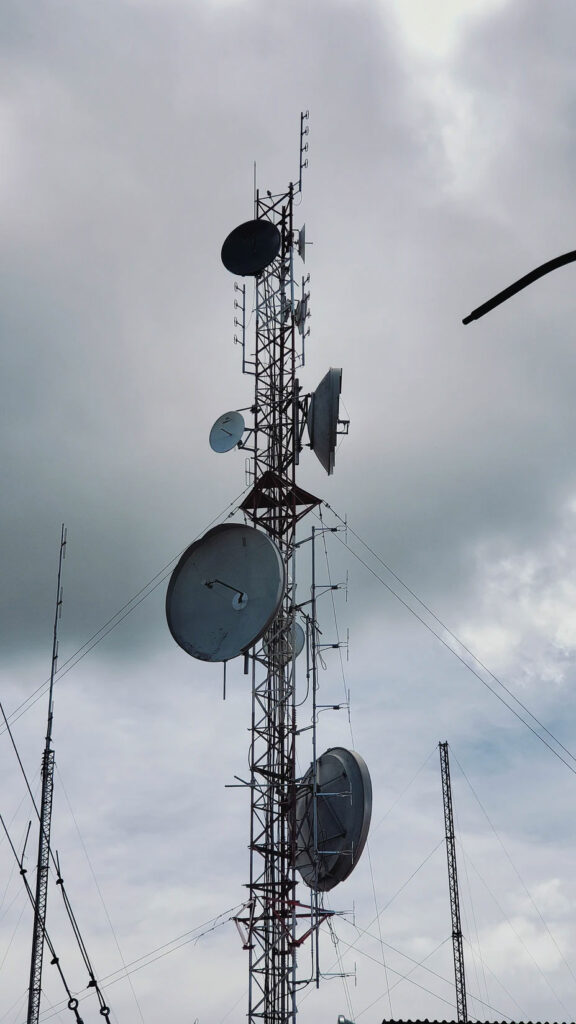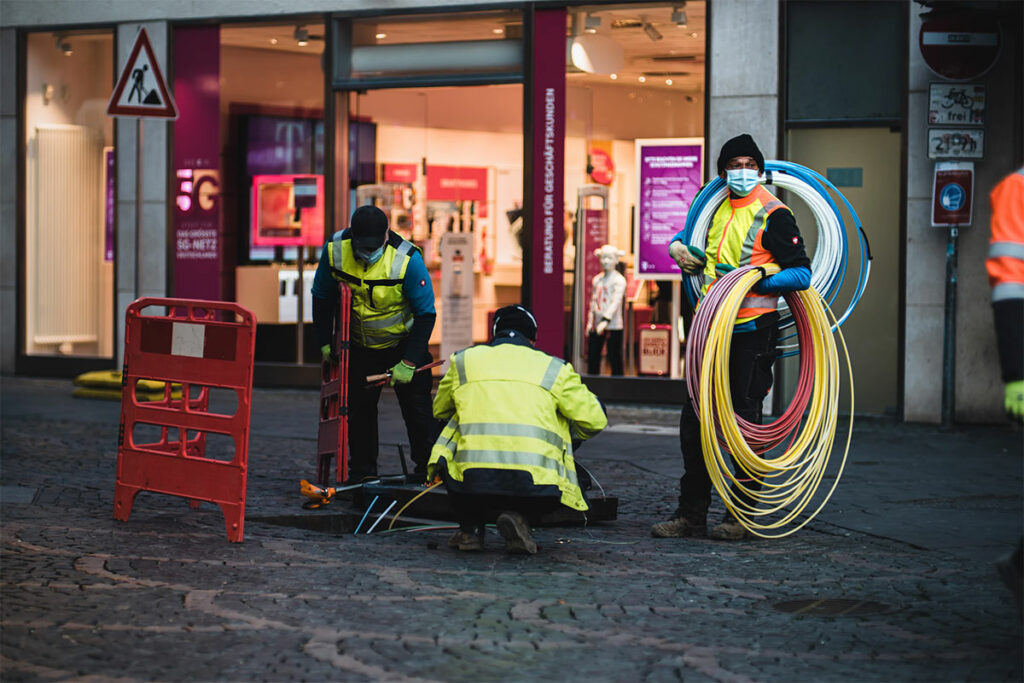The global demand for high-speed, broadband internet is rising rapidly with enhanced use of data all over the world. In this scenario, as copper wires are no longer able to support the desired level of connectivity, the answer lies in fiber optic networks.
Consequently, fiber optic networks are becoming an attractive domain for financial investment.
To have high revenues from the venture, along with the cost of fiber, network operators need to evaluate potential opportunities with market-specific insights. Along with assessing how the network development efforts will get affected by environmental factors and competition, resource mapping remains a crucial focus area.
The process of launching a new fiber network involves several phases and detailed attention must be given to each phase for a flawless design. In the design process, crucial decisions with respect to the network’s topology, communication system, equipment needs, and list of services need to be taken. The efficiency with which these decisions are taken eventually determines the success or failure of the network. Whether the network meets the needs of the end users depends on the efficacy of these network design decisions. Needless to say, you cannot afford to make any compromises in the level of expertise used while making these decisions.
As a network operator, you must also be prepared for possible future issues, obtain the required permits, and document every important detail about network components and cable routes. To have the best results in fiber designing, you must deploy an expert team of designers, who possess in-depth knowledge of fiber optic technology, installation processes, and regulatory standards.
While the necessity to have an expert team to carry out the entire network design process efficiently cannot be denied, the availability of such experts in this growing market remains an area of concern for the industry.

Fiber optic designing is a highly technical process and any snag anywhere can lead to fiber optic malfunctions such as broken fibers due to physical stress or excessive bending, inadequate transmitting power, excessive signal loss due to an exceptionally long cable, faulty splices or connectors, etc.
The installation as well as the troubleshooting process for fiber is very different from that of copper wires. What’s more? There are more potential causes of trouble as the fiber optic cable is far more fragile than copper cable. Thus, the need for skilled workforce to carry out the fiber optic design process cannot be stressed enough.
This is where Magnasoft can empower you to meet the deadlines, beat margin targets and deliver uncompromised quality. We achieve this by bringing highly qualified teams with extensive experience to your underground and aerial fiber design projects. For underground projects, we leverage our expertise in spatial data processing, GIS and CAD to help you develop land base maps, draft fiber networks, create construction notes and much more. For aerial projects, we’ve partnered with companies like Katapult, SPIDA Software and Osmose to provide a complete back-office solution that enables engineering companies to upload their field data to the cloud where we perform QA/QC, produce accurate pole annotations, pole load analysis, make-ready recommendations and permit applications. We can deliver 80% of the information that your engineers need to complete their projects on time and within budget.
No discussion on fiber optics network can be complete without paying attention to Rights of Way (RoW). For laying fiber-optic cables over privately owned property or through parks, waterways, and other public spaces, parties need Rights-of-Way permits. The RoW is a critical element in the telecom space because it gives the telecom companies guidelines on how to lay the infrastructure elements (towers, optical fiber cables, etc.) on a specific route.
The process of getting a permit involves filling out an application form along with the details of the fiber-network route. The permit request is accompanied by aerial imagery and CAD drawings of the proposed network design. We can help you create detailed site drawings, permit detail drawings, and presentation quality overview maps. We are committed to make the permit application process simpler and successful for you.

Magnasoft has been serving the telecommunications industry for the last 20+ years. Accordingly, it has been able to build a repository of industry specialists and focused resources, which can provide you unmatched support in your fiber optic network project. Having handled many large-scale projects, we have been able to develop a network of resources in all engineering areas from which we can call upon as per your needs. Our teams are capable of handling the most advanced technology solutions such as AutoCAD, Micro Station, SPIDAcalc, O-Calc Pro, PoleForeman and PLS.
Whether you are looking at engineering needs for a new plant or plant extensions or upgrade of existing networks, our Communications solutions can help you achieve excellence in the project. Our expert team can assist you in developing long-range OSP plans, including dispersion of fiber pairs and technologies along the route, fiber facilities management, fiber optic network planning, etc.
We can also help you in RoW acquisition, make-ready recommendations and pole attachment applications. For underground facilities, you can rely on our experts for preparing conduit design, conduit detailing, manhole detailing, preparing all forms and documentation for approval and verify as-built.
Quality is of utmost importance to us. To ensure the highest standards in our deliverables, we continuously review our processes during a project’s lifecycle. This constant monitoring and implementation of feedback and suggestions from clients also leads to quicker and excellent outcomes.
According to the Fiber Broadband Association, implementation of 5G in the top 25 urban areas of US will involve deployment of about 1.4 million miles of fiber. As you get ready to play a critical role in this growth story, let us be your preferred partner in overcoming the challenges related to availability of the right resources to meet your deadlines, beat margin targets and deliver uncompromised quality.